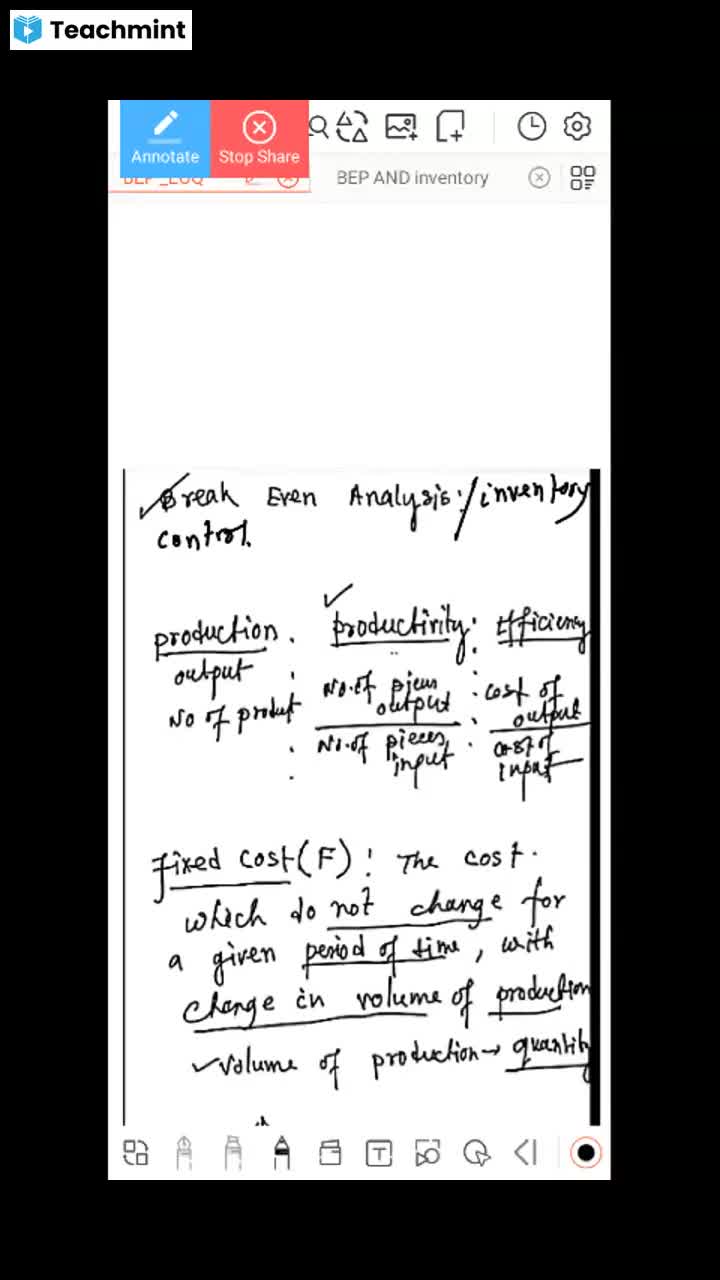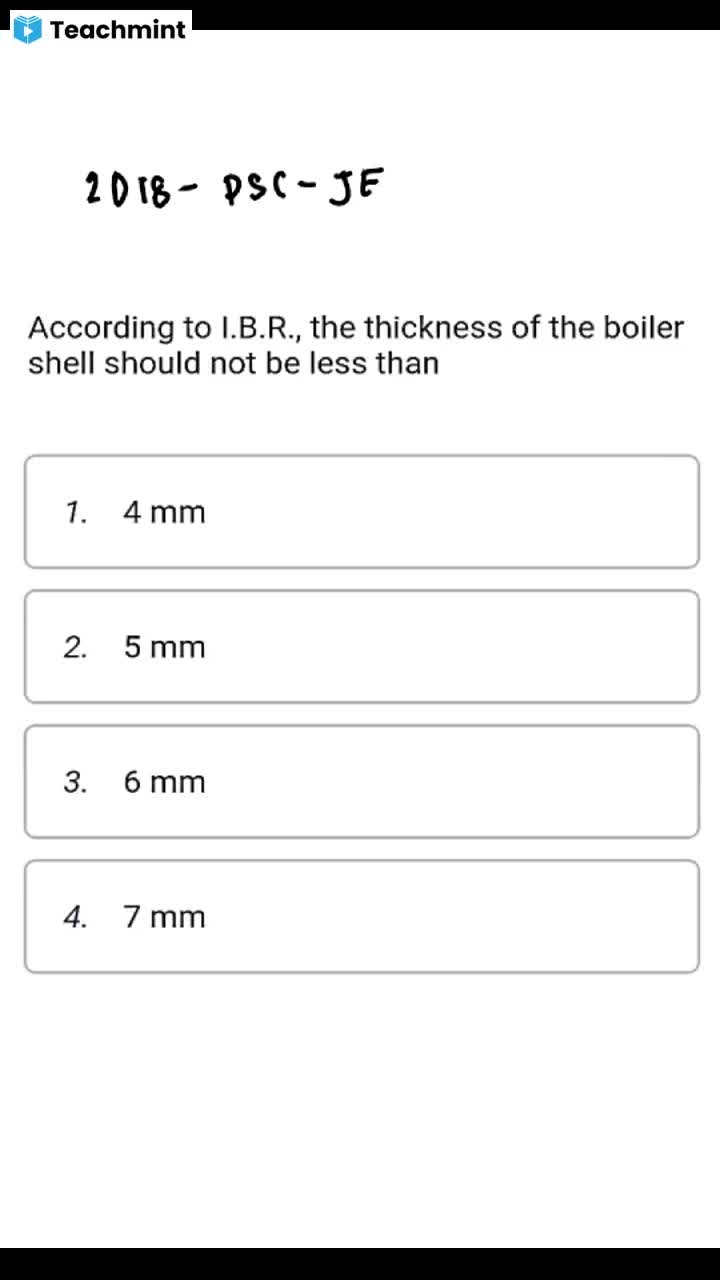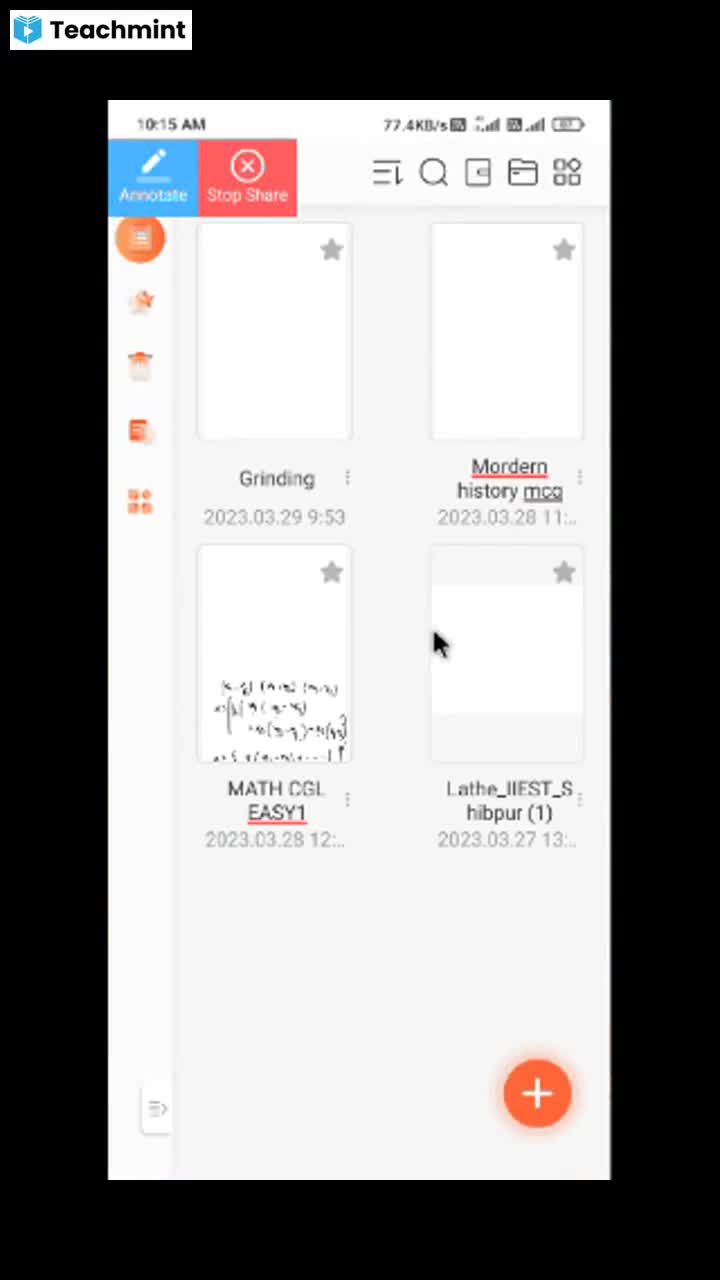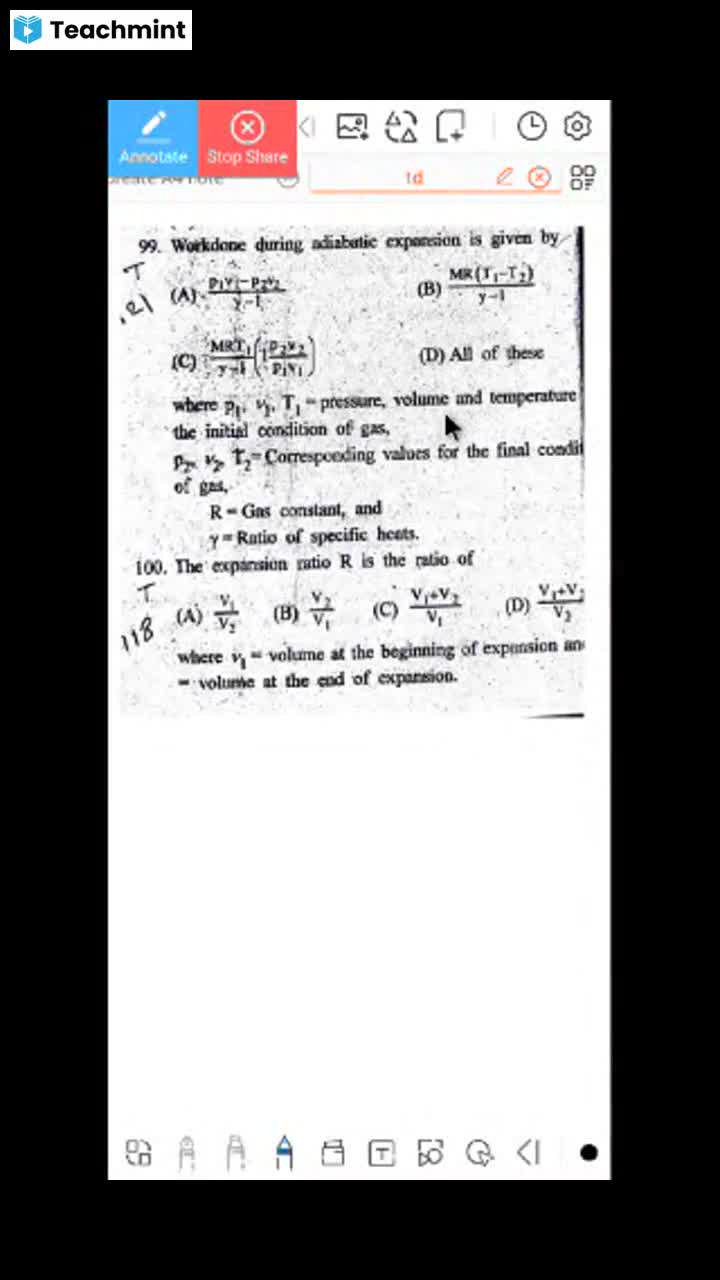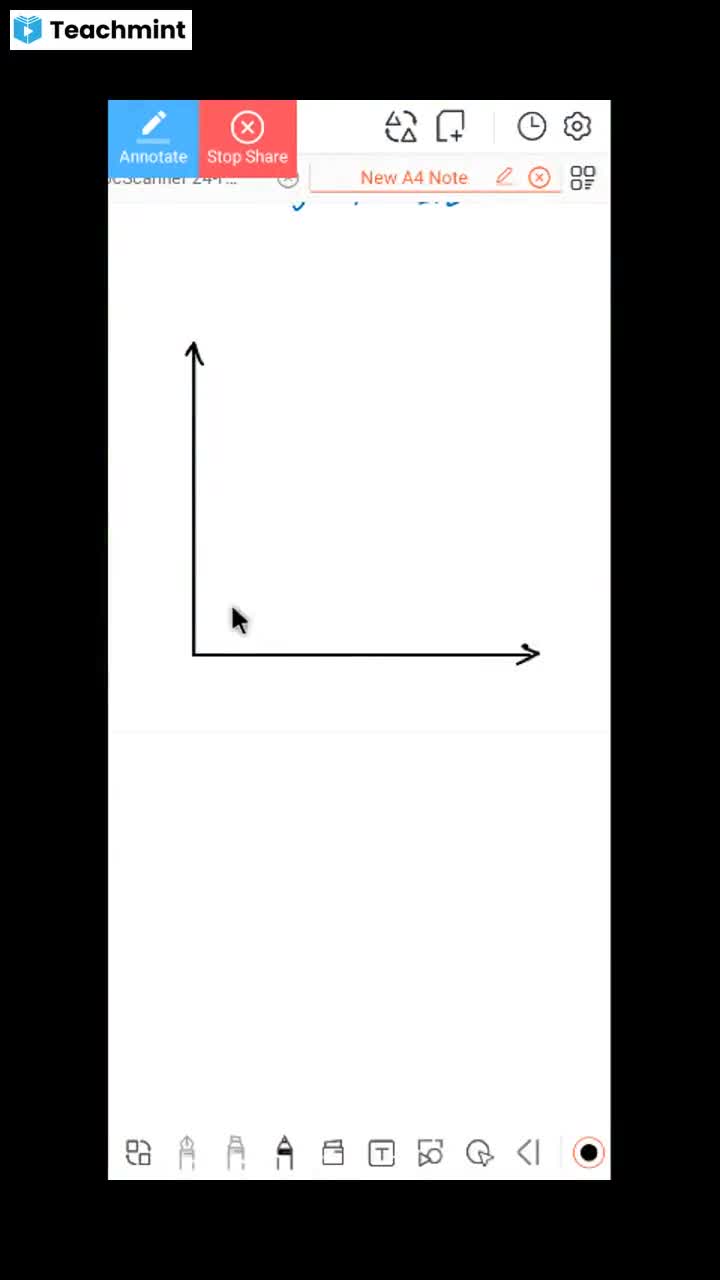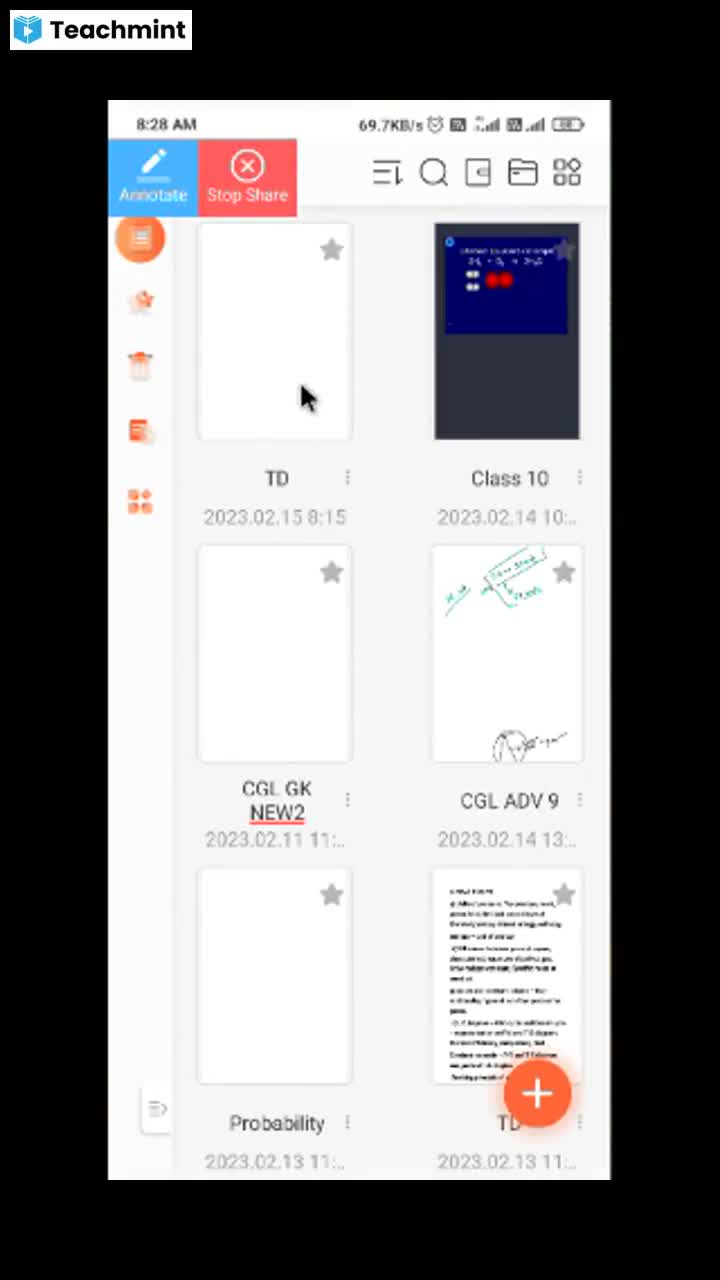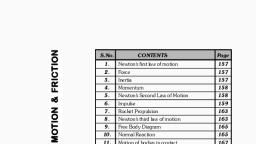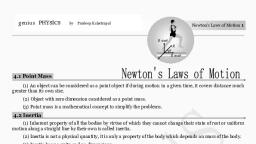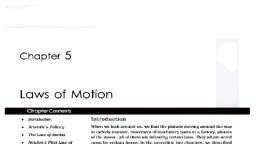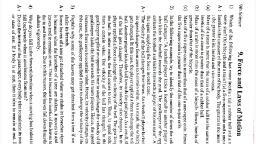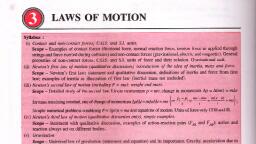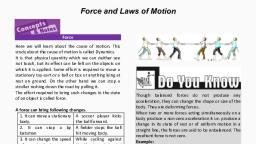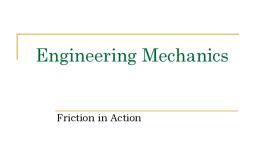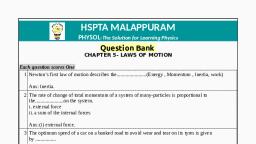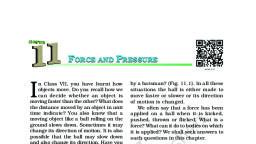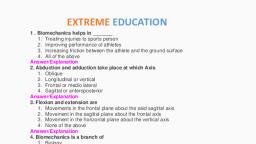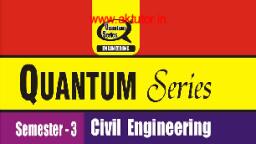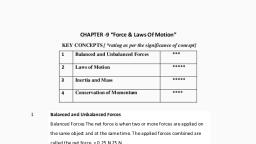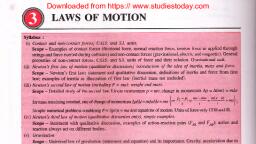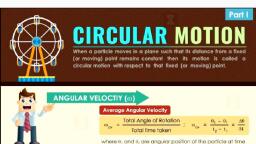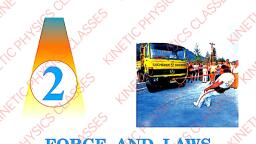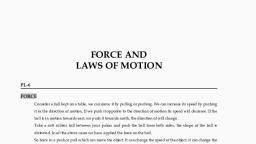Page 1 :
1. The displacement-time (s-t) graph of a, particle acted upon by a constant force is, (a) a straight line [NDA 2015], (b) a circle, (c) a parabola, (a) any curve depending upon initial, conditions, , 2. Which one of the following is not a, contact force? [NDA 2016], (a) Push force (b) Gravitational force, (c) Frictional force (d) Strain force, , 3. The known forces of nature can be, divided into four classes, viz, gravity,, electromagnetism, weak nuclear force, and strong nuclear force. With reference, to them, which one of the following, statements is not correct? [UPSC 2013], (a) Gravity is the strongest of the four, (b) Electromagnetism acts only on, particles with an electric charge, , (c) Weak nuclear force causes, radioactivity, , (d) Strong nuclear force holds protons and, neutrons inside the nucleus of an atom, , 4. Which of the following quantity is a, measure of inertia?, , [SSC 2017, Delhi Police SI 2017], (a) Velocity (b) Acceleration, (c) Mass (d) Weight, , 5. The tendency of undisturbed objects to, , stay at rest or to keep moving with the, , same velocity is called [RRB 2018], (a) velocity (b) force, (c) momentum (d) inertia, , 6. Which one of the following has maximum, inertia? [NDA 2018], (a) An atorn (b) A molecule, , (c) Aone rupee coin (d) A cricket ball, , 7. The inertia of an object tends to cause the, object, {a) to increase its speed, (b) to decrease its speed, (c) to resist any change in its state of motion, (d) to decelerate due to friction, , 8. When a running car stops suddenly, the, passengers tend to lean forward because, of [SSC (10+2) 2012], (a) centrifugal force (b) inertia of rest, (c) inertia of motion (d) gravitational force, , 10., , 11., , 12., , 13., , 14., , 15., , An athlete runs before long jump to get, advantage on, , (a) inertia of motion, , (b) frictional force, , (c) moment of a force, , (d) principle of moments, , A passenger falls in the direction when a, moving bus applies brakes to stop and falls, backwards when it accelerates from rest., This is because of [RRB Group-D 2018], , (a) force (b) displacement, (c) inertia (d) momentum, Newton's first law is also known as ...... :, , [SSC CHSL 2017, Chhattisgarh PCS 2019], (a) law of friction — (b) law of momentum, (c) law of inertia (d) law of motion, , Newton's laws of motion do no hold good, , for objects, , (a) at rest, , (b) moving slowly, , (c) moving-with high velocity, , (d) moving with velocity comparable to, velocity of light, , A particle is moving with constant speed, along a straight line path. A force is not, required to, , (a) increase its speed, , (b) decrease the momentum, , (c) change the direction, , (d) keep it moving with uniform velocity, , A batsman hits a cricket ball which than, rools on a level ground. After covering a, short distance, the ball cames to rest., The ball slews to a stop because, [MPPCS 2017], (a) the batsman did not hit the ball hard, enough, (b) velocity is proportional to the force, exerted on the ball, (c) There is a force on the ball opposing, the motion, (d) There is no unbalanced force on the, ball, so the ball would try to come to, rest, , Linear momentum is equal to [RRB 2018], (a) mass x velocity, , (b) speed x weight, , (c) force x height, , (d) mass x volume
Page 2 :
16. When a ball bounces off the ground,, , which of the, suddenly?, (Assume no loss of energy to the floor), (a) Its speed INDA 2019}, (b) Its momentum, , {c) Its kinetic energy, , (d) Its potential energy, , following changes, , 17. A body of mass 8 kg is moving with a, , velocity of 4 m/s. Find its momentum., [SSC (10 +2) 2018], , (b) 64, , (a4, , (a)2, (c) 32, , 48. Two bodies A and B are moving with, , equal velocities. The mass of B is doubled, , that of A. In this context, which one of, , the following statements is correct?, [NDA 2016], , (a) Momentum of B will be double that, of A., , (b) Momentum of A will be double that, of B., , (c) Momentum of B will be four times, that of A., , (d) Momentum of both A and B will be, equal., , 19. On which one of the following, , conservation laws, does a rocket work?, (a) Mass [CDS 2008], (b) Energy, , (c) Linear momentum, , (d) Angular momentum, , 20. A body lying at rest suddenly breaks, , into two parts of equal masses which, start moving. The two parts will, , move in, , (a) opposite direction with equal speed, (b) same direction with equal speed, , (c) any direction with unequal speed, , (d) opposite direction with unequal speed, , 21. A metal ball and a rubber ball of the, , same mass are dropped from the same, , height. After hitting the floor, the, , rubber bail rises higher than the metal, , ball, why?, , (a) Momentumn is not conserved when, the metallic ball hits the floor, , (b) The rubber ball hits the floor with, , greater velocity, (c) Momentum is not conserved when, , rubber ball hits the floor, (d) None of the above, , 22., , 24., , 25., , 26., , 27,, , 28., , 29., , 3a., , A shell of mass 0.04 kg is fired by a gun of, mass 120 kg. If the muzzle speed of the, shell is 90 m/s. What is the recoil speed of, the gun?, , (a) 3 x 10? m/s, (c) 0.3 m/s, , (b)-3 x 107? m/s, (d)3 x 107 m/s, , . The product of mass of a body and the, , acceleration produced it equals the, eevee acting on it. [SSC (10+2) 2013], (a) force, , (b) impulse, , (c) torque, , (d) kinetic energy, , Definition of force can be stated from, [RRB ALP 2618], , (a) Newton's First Law of Motion, , (b) Newton’s Second law of Motion, , (c) Newton's Third Law of Motion, , (d) Newton's Law of Gravitation, , Acceleration is [SSC (1042) 2017], (a) inversely proportional to force, , (b) inversely proportional to mass, , (c) directly proportional to mass, , (d) directly proportional to force, , When an object is stationary, then the, force is still acting on itis {RRB 2018], (a) acceleration (b) momentum, , (c) impulse (d) weight, , In SI unit of force ‘newton’ (N) is given by, (where, ‘kg’ stands for ‘kilogram’, ‘m’, stands for ‘metre’ and ‘s’ stands for, ‘second’) [NDA 2018}, (a)LN=2kg-ms* (b)1 N=1kg-ms*, ()1N=4kg-ms* (@)1N=3ke-ms*, When a force of 1 N acts on a mass of 1 kg, |, which is able to move freely, the object 1, moves in the direction of force witha/an, (a) speed of 1 km/s [NDA 2016] ©, (b) acceleration of 1 m/s”, , (c) speed of 1 m/s, , (d) acceleration of 1 km/s?, , The rate of change of momentum of a body, is equal to the resultant {CDS 2016], (a) energy (b) power, , (0) force (d) impulse, , According to the second law of motion, a, , a given force, acceleration is inversely, , ional to the .....- of an object. _, proportional to the rn ri, , (b) volume, , ait, (a) density (@) mass, , (c) force
Page 3 :
31., , 32., , 33., , 34,, , 35., , 36., , Two persons are holding a rope of, negligible mass horizontally. A 20 kg, mass is attached to the rope at the mid, point, as a result, the rope deviates from, the horizontal direction. The tension, required to completely straighten the, rope is (g = 10 m/s”) [CDS 2018], (a) 200 N (b) 20 N, , (c)10N (d) infinitely large, When a force of 100 Nis applied on a body, of mass 50 kg, then acceleration produced, , in the body is [RRB Group-D 2018], (a) 2 m/s? (b) 0.2 m/s?, , (c) 0.2 m/s (d) 2 m/s, , A body of mass 4 kg accelerates from, , 15 m/s to 25 m/s in 5 seconds due to the, application of a force on it. Calculate the, magnitude of this force., , [SSC CHSL 2018], , (a) 32 (b)8 (c) 16 (a) 64, The second law of motion states, [RRB 2018], , (a) every object will move in a uniform, motion when a net force is applied., , (b) the rate of change of momentum of, an object is proportional to the net, force applied on the object in the, direction of net force., , (c) every object will remain at rest or in, a state of uniform motion unless, compelled to change its state by the, action of a net force., , (d) the rate of change of speed of a body, will change with the net force applied., , ‘For every action, there is an equal and, , opposite reaction’. The law was given by, [UPRO/ARO 2017], , (a) Newton (b) Albert Einstein, , (c) Bohr (d) Oersted, , Action and reaction ........., , [SSC CAPFs ASI and Delhi Police SI 2017], (a) always act on same body, , (b) are equal in magnitude, , (c) are in same direction, , (d) always act independently, , . If action and reaction were to act on the, , same body [SSC Multitasking Staff 2017], (a) the resultant would be zero, , (b) the body would not move at all, , (c) body will start moving, , (d) Both (a) and (b), , 38., , 38., , 40., , 41., , 42., , 43., , 44., , 45., , Why does a cannon recoil after firing?, [SSC CGL 2016], , (a) Conservation of energy, , (b) Backward thrust of gases produced, , (c) Newton's third law of motion, , (d) Newton’s first law of motion, , Rocket works on the principle of, , (a) Newton’s third law [IAS 2018], (b) Newton’s first law, , (c) Newton’s second law, , (d) Archimedes principle, , If is difficult to fix a nail on a freely, suspended wooden frame. Which law, supports this statement? [SSC CGL 2017], (a) Law of inertia, , (b) Newton's second law, , (c) Newton’s third law, , (d) Pascal's law, , A person is standing on a frictionless, horizontal ground. How can he move by a, certain distance on this ground, , [CDS 2017], (a) By sneezing (b) By jumping, (c) By junning (d) By rolling, , The movement of a horse lawn carriage is, an example of which principle of physics., (a) Newton’s Third law [SSC 2018], (b) Ohm's Law, , (c) Archimedes Principle, , (d) Avogadro's Law, , In cricket match, while catching a fast, moving ball, a fielder in the ground, gradually pulls his hands backwards with, the moving ball to reduce the velocity to, zero. The act represents [CDS 2014], (a) Newton's first law of motion, , (b) Newton’s second law of motion, , (c) Newton's third law of motion, , (d) Law of conservation of energy, , A bullet of mass 10 g is fired with a, , velocity of 20 m/s from a gun of mass 2, kg. Find the recoil velocity (in m/s) of the, , gun. [SSC (10+ 2) 2018], (a)4 (b)0.2 ©@01 (2, Conservation of momentum in a collision, , between particles can be understood on, , the basis of [NDA 2015], , (a) Newton's first law of motion, , (b) Newton's second law of motion, , (c) Both Newton's second law of motion, and Newton’s third law of motion, , (d) conservation of energy
Page 4 :
46. A man is at rest in the middle of a 53. On applying brakes, the car stops, due to, horizontal plane of perfectly smooth ice, vt", , He can move himself to the shore by 5 oe, , (, making use of Newton's [NDA 2011] ( seca, (a) first law (b) second law (c) Inertia, (c) third law (d) All of these (d) friction, , 47. A person throws an object on a horizontal 54, We slip on a muddy road due tg, frictionless plane surface. it is noticed Soaps [SSC Multitasking 2013), that, there are two forces acting on this . S aatireels a?, object (i) gravitational pull and (ii) (@latk of friction, normal reaction of the surface. According (d) excess of friction, to the third law of motion, the net + ts, , i Bare \. d angle of repos, resultant force is zero. Which one of the Spo oalyer meuan ieee Mulbeaeine ania, following can be said for the motion of (a) equal to each other, , } ?, the objects? . [CDS 2017] (b) not equal to each other, (a) The object will move with acceleration., , . . . (c) proportional to each other, (b) The object will move with id) None of the above, , deceleration. . . . :, , (c) The object will move with constant 56. Consider a vehicle going on a horizontal, speed but varying direction. road towards east. Neglect any force by, , (d) the object will move with constant the air. The frictional force on the vehicle, velocity. by the road, , 48. The impulse on a particle due to a force {a) is zero if the vehicle is moving witha, , acting on it during a given time interval is non-uniform velocity, , equal to the change inits [NDA 2016] (b) is towards east if the vehicle is, , (a) force (b) momentum accelerating, , (c) work done (a) energy (c) must be towards east, , (d) must be towards west, 49. A goalkeeper in a game of football pulls «ee Sey, his hands backwards after holding the 57. A person is sitting in a car which is at rest., , ball shot at the goal. This enables the a eee roae om: 7 x, goalkeeper to runs on a straight level road, how will the, (a) exert larger force on the ball, , reaction at either of the front wheels vary?, (b) reduce the force exerted by the ball on (a) It will be greater than R, , hands 3, (c) increase the rate of change of (b) It will be less than R, momentum (c) It will be equal to R, (d) decrease the rate of change of (d) It shall depend on the materials of the, momentum road, 50. The quantity ‘weight’ is measured by Direction (Q. No. 58 to 60) In each of the, , [SSC Multitasking 2013] following questions, a statement of Assertion is, (a) beam balance — (b) common balance —_given followed by a corresponding statement of, (c) spring balance —_(d) balance wheel Reason just below it. Of the statements, mark, 51, A man weighing 70 kg is coming down in the correct answer as, lift. If the cable of the lift breaks sudden, codes, , the weight of the man would become (a) If both Assertion and Reason are true and, (a) 70 kg (b) 35 kg Reason is the correct explanation of the, (c) 140 kg (d) zero Assertion., , 52. Rough surfaces have [SSC 2017] _ (b) If both Assertion and Reason are true but, (a) high friction Reason is not the correct explanation of the, , Assertion., (c) If Assertion is true but Reason is false., (d) If Assertion is false but Reason is true., , oO very low friction, (c) no friction (d) None of these
Page 5 :
58., , 59., , 60., , 61., , Assertion (A) On a rainy day, it is, difficult to drive a car or bus at high, speed., , Reason (R) The value of coefficient of, friction is lowered due to wetting of the, surface., , Assertion (A) When a bicycle is in, motion, the force of friction exerted by, the ground on the two wheels is always in, forward direction., , Reason (R) The frictional force acts only, when the bodies are in contact., Assertion (A) Pulling a lawn roller is, easier than pushing it., , Reason (R) Pushing increases the, apparent weight and hence the force of, friction. [CDS 2012], , Match the following lists., , List I, A. Static friction, , List Il, , 1. is slightly less than, limiting friction., , is maximum value of, static friction., , is equal to tangent of, angle of repose., , is self-adjusting., , B. Dynamic friction 2., C. Limiting friction 3., , D. Coefficient of 4., , , , 62., , 63., , 64., , The function of ball bearing in a wheel is, , (a) to increase friction [SSC CGL 2011], , (b) to convert kinetic friction into rolling, friction, , (c) to convert static friction into kinetic, friction, , (d) just for convenience, , Ball bearing are used in bicycles, cars, etc, , because [UPSC (Pre) 2013], , (a) the actural area of contact between the, wheel and axle is increased, , (b) the effective area of contact between, the wheel and axle is increased, , (c) the effective area of contact between, the wheel and axle is reduced, , (d) None of the above, , Railway tracks are banked on curves so, , that [SSC Stenographer 2011], , (a) necessary centrifugal force may be, obtained from the vertical component, of the weight of the train, , (b) no frictional force may be produced, between the tracks and the wheels of, the train, , (c) necessary centripetal force may be, obtained from the horizontal, component of the weight of the train, , (d) the train may not fall down inwards, , , , friction 65. Fat can be separated from milk in a cream, separator because of [SSC CHSL 2013], Codes (a) cohesive force, ABCD ABCD (b) gravitational force, (2341 (b) 4123 (c) centripetal force, () 3214 (d) 4132 (d) centrifugal force, LL) 20) 3@ 40 5d 6@ 2 8 9%) 10. (), 11. (c) 12(d) 13) 14 (c) 15. (a) 16(b) 17, (c) 18 {a) 19. (c) 20. (a), 21. (d) 22. (b) 23. (a) 24. (b) 25. (d). 26. (d) 27. (bd) 28. (bt) 29. (ce). 30. (a), 31 (a) 32. (a) 33. (b) 34. (b) 35. (a) 36. (b) 37. (a) 38 (c) 39%. (a) 40. (c), 41. (a) 42. (a) 43.(b) 44. (c) 45. (c) 46. (c) 47.(a) 48. (b) 49. (b) 50. (c), 51. (d) 52. (a) 53.(d) 54. (c) 55. (a) 56. (b) 57. (a) 58 (a) 59. (b) 60. fa), 61, (b) 62. (b) 63. (c) 64. (c) 65. (d)

